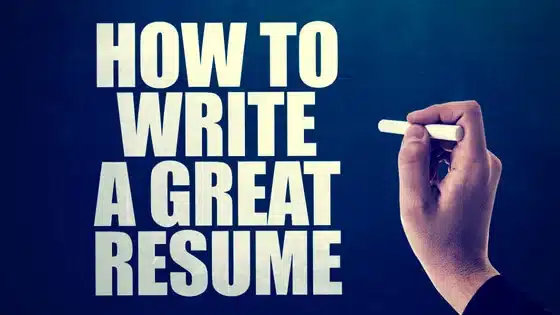Reprinted From: iConnectEngineers
Whether or not you are actively searching for a job, it’s important to have an up-to-date resume. Not only it is necessary when looking for a new opportunity, but it can often help you build client loyalty, obtain a raise and identify any gaps in skills.
In a very competitive job market, you’re often up against other individuals just as qualified as you. The average job opening attracts 250 resumes, according to Glassdoor, an online job site.
As we all know, resumes take a lot of time and preparation. Being a little creative, showing you’re a top-notch candidate and following the tips below can make all the difference.
5 ways to set your resume apart from the competition and get hired!
Attention to Detail
Make sure your resume is free of typos, misspellings, missed periods and extra spaces. This will demonstrate to recruiters that you are detail-oriented. Read over your resume carefully and consider asking someone to look it over for you as well in case you missed something. Don’t share any confidential information that may lead to unnecessary questions.
Length
The goal of every resume is to get an interview. Rather than including too many details on multiple pages, be succinct. Some experts say to use one page of information per 10 years of experience. Place your most important information at the top of the page to ensure it isn’t missed.
Design
An easy-to-read resume attracts a recruiter’s attention over one that is illegible. There are many eye-catching templates on Word, Google Docs and online. In addition, specific resume software applications are available that offer creative formats such as video resumes, infographic resumes and interactive resumes. When deciding which font to use, find a modern font that looks good both on the computer and paper. Pay close attention to spacing and use paragraphs and bullets to help organize the information. Only incorporate bold, italics, caps and underlining for extra emphasis.
Content
Employer experience, degree/certificates and contact information should always be included on your resume. References, languages and personal skills should only be part of a resume if it is important. Be honest about any information you include on your resume! Focus on your technical and expert skills rather than only your responsibilities. The information you include should match the job skills recruiters are looking for. Employers want to read about your successes such as cost-savings, how you helped with growth and implemented efficiencies.
Configure for Applicant Tracking Systems
Since companies often receive an overwhelming number of resumes, many now use what is called Applicant Tracking Systems (ATS) to find a new hire. This software application electronically handles the recruiting process by eliminating candidates that don’t meet specific criteria. Once an applicant submits a resume, the software scans it for keywords to find the best fit for a particular job and determine how you rank to other candidates. Often, a resume has been looked over by ATS before a recruiter has the opportunity to read it. Those familiar with ATS recommend setting up the resume in a Word document, including keywords that are particular to your industry and spelling out abbreviations.
It may be worth creating multiple versions of your resume to be tailored to each job. Don’t forget to write a good cover letter to accompany your resume and demonstrate how you are the best candidate!


